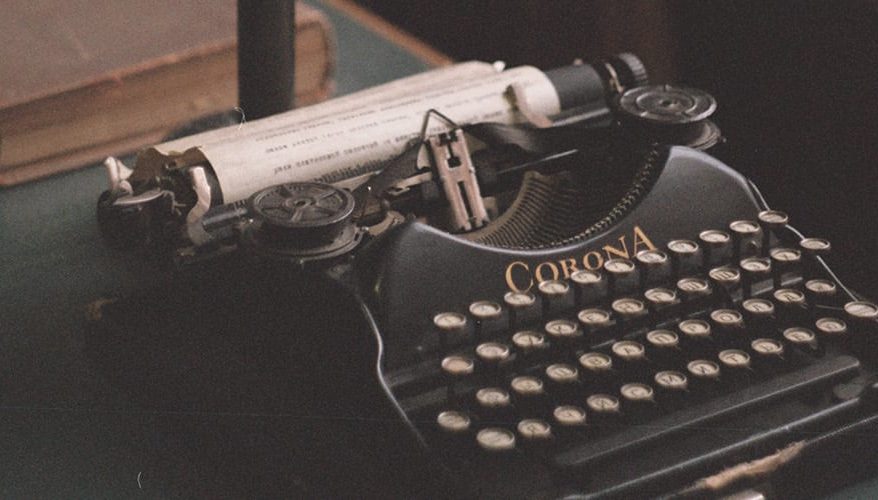
There have always been codes of conduct, both spoken and unspoken, in the average workplace. While these may vary from space to space, and industry to industry, there is a sense amongst us that certain behaviours, or discussion topics, or customs, are simply off limits at work, and often for good reason!
Despite this, we can see that things have changed massively throughout the decades. Formality has lost a lot of ground in the modern workplace, and this is something we can see reflected in the rise of more casual dress codes, and even in the flexibility that so many organisations now use to thrive. How exactly has the workplace evolved, from the 1940s until today?
Workplace Design
The look and feel of our workspaces has changed dramatically over the years, particularly as our overall approach to collaboration has evolved. The 1950s saw the rise of hierarchical office design – think of the layout in Mad Men, with the most powerful and senior employees inhabiting large corner offices, and those lower down the chain located in much smaller offices. Individual offices remained popular until the 1980s, when the concept of hot desking was born, along with cubicle space.
Workplace design in the 1990s saw the rise of the open plan office, often fuelled by an attempt to use office space more intelligently. In recent years, we’ve seen somewhat of a backlash to the open plan arrangements we’re used to. Rather than returning to status-led layouts, designers have pushed towards a wider variety of areas for workers to use, like quieter spaces, breakout spaces or social areas.
Technology
Of course, a 1940s, 50s or 60s office would have had rows of typists, which is quite a significant difference from today, both in layout and technology usage. The typewriter was the ubiquitous office tool, found across a variety of industries. Technology evolved as computers entered the workplace in the mid 1960s, where they were often big enough to fill an entire room. They continued to shrink in size, and filter into offices throughout the 1970s and 80s, with a desktop PC becoming commonplace by the 1990s. Laptops gave workers a bit more flexibility and freedom, but have now undoubtedly been overtaken by the smartphone – an invention our 1940s predecessors probably couldn’t even have imagined.
Communication
Where there once was only written correspondence, there is now a wealth of ways to communicate. International travel was high on the agenda for many sectors throughout the 80s and 90s, but software like Skype have allowed businesses to cut major travel costs, while maintaining client relations across time zones. As technology has become more flexible, so have our ways of communicating, and it’s not hard to see the correlation between the loss of traditional formality in the workplace, and using quick and simple means of chatting to colleagues (like IM).
Meetings have also changed shape somewhat; from the technology (or lack thereof) that was used to present ideas to clients, to the way in which they are structured (less formality, less ceremony, and across some sectors, less refreshments on offer!).
Culture
Obvious, and very welcome changes to office culture include discrimination laws. While gender pay parity hasn’t quite been achieved, women are no longer relegated to the steno pool or secretarial roles, and there is greater racial equality than ever before.
One of the biggest changes to office culture is the diminished role of hierarchy.
While clearly, organisations still hold onto tiers of seniority and experience, influences like open plan spaces, more informal business styles and a more competitive workforce have meant that the strict pecking order of previous years is unthinkable across many of today’s workplaces.
Some even would argue that job titles, and the associated status that comes with them, have little value in our modern world. We’ve also moved away from the traditional Monday to Friday, 9-5 grind, as today’s workplaces see the benefits of remote working and flexible working, something that would have been out of the question 50 years ago.
Behaviour
Alongside an evident relaxation of formality, there have been some major changes in acceptable office behaviour: while once smoking in the workplace was prevalent, medical research over the years, and subsequent laws, have put a complete stop to it.
Alcohol can still be a part of some offices, in the appropriate way (Friday social drinks, anyone?), but drinking in the office is nowhere near as normalised as it used to be. Dress codes have also seen significant relaxation, with ‘business casual’ the standard for most of us.
It seems that business leaders have wised up to the idea that being comfortable is important, and that productivity is increased if we mix a little bit of play with a lot more work.



